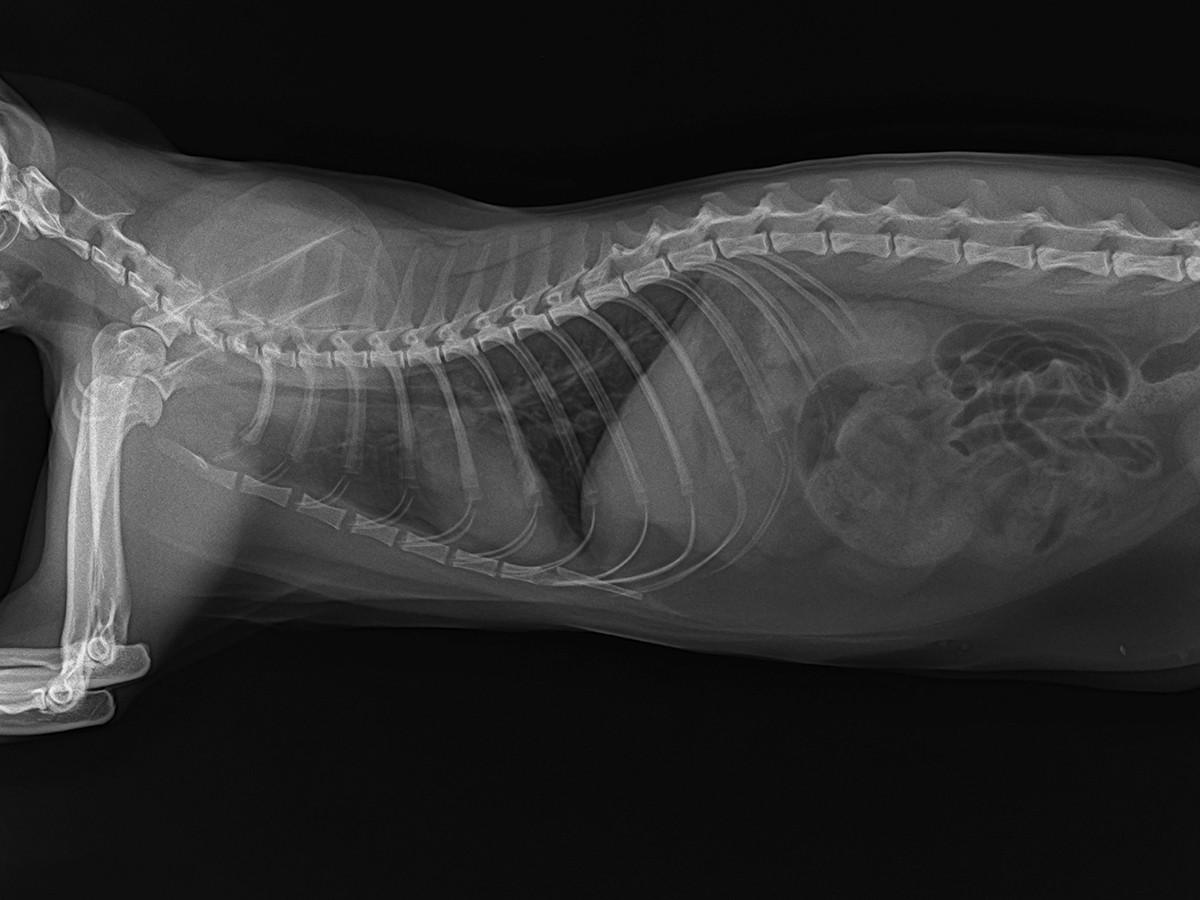The heart is a fist-sized organ that pumps blood throughout your body. It’s the primary organ of your circulatory system. This makes it the most important organ of the body in all living creatures on this planet. This is something we all agree on because when making references like ‘She has my heart, ‘I will do this whole-heartedly’, etc. we are giving that much importance to the organ since we know the above facts. There is nothing without the heart.
Now just like ours, a cat’s heart works in the exact same way. It is hollow, made of muscle, located in the center of the chest, and has four chambers. It makes up about 0.75 to 1.25 percent of their total body weight. We would want this organ to be safe and healthy at all times, but unfortunately, it runs into some troubles at times. Some can be minor but most of them are severe enough that it can make the organ stop working, ending the life of the animal. This makes it important for us to keep checking for signs of disease in the heart.
Some of the common signs of heart disease in cats include –
Poor appetite
Weight loss
Lethargy
Increased respiratory rate and effort
Sudden collapse
Stunted growth in kittens
What is Hypertrophic Cardiomyopathy?
Hypertrophic Cardiomyopathy is a disease of the heart in which the muscles in the heart become thickened or hypertrophied. This makes it harder for the heart to pump blood in and out. It is a common disease in humans as well as our beloved pets like cats and dogs. It can easily go undiagnosed as there are seldom any symptoms of it. But in some cases, the patient can show symptoms like-
Chest pain
Fainting during or after exercise or exertion
Heart murmur
Palpitations
Shortened breath
Hypertrophic Cardiomyopathy in Cats
Hypertrophic cardiomyopathy is the most commonly diagnosed cardiac disease in cats. The definition is the same as the disease found in humans. The heart’s left ventricle, which is its primary pump muscle is thickened, leading to a decrease in the volume of the heart chamber and to abnormal relaxation of the n heart muscle. This causes the heart to beat rapidly which results in increased oxygen usage and possibly oxygen starvation of the heart muscle. This oxygen starvation may cause heart cells to die off which further worsens the heart function and leads to the development of arrhythmias where the heart beats rapidly or slowly but with an irregular rhythm.
There may be further complications because of this. The less efficient pumping of the blood may lead to a backup of blood to the other chambers of the heart and to the lungs. This may cause congestive heart failure or the formation of blood clots in the heart. Read more about Hereditary Myopathy in Cats, Cat Skin Guide & Periodontal Diseases in Cats.
Maine coon and Ragdoll cats are the 2 most susceptible breeds of cats to the disease. And it affects middle-aged and older cats more than young kittens.
Clinical Signs and Symptoms of Hypertrophic Cardiomyopathy in Cats
This disease is such that most of the time there are few to zero signs shown in the cats. The few symptoms in some cases can include –
Congestive heart failure
Labored or rapid breathing
Open-mouthed breathing
Lethargy
Hind limb pain
Hind limb paralysis (in extreme cases)
What happens as an after-effect of the disease is that, blood clots start forming in the heart. This can be pretty much life-threatening. The job of the heart is to pump blood in and out. When this happens, the blood clots also travel along causing complications in other body parts as well. The effect of the clot will depend on its location. But it is usually found that in cats, it affects the hind limbs by causing a blockage in the blood flow to them.
How is Hypertrophic Cardiomyopathy in cats diagnosed?
It is rare that a cat with HCM will suffer from sudden death. However, there are some changes. And hence early detection of the disease plays an important role in minimizing the symptoms and thus the consequences.
HCM is diagnosed by echocardiography, a technology that uses sound waves to create an image of the heart. The images from the test will reveal thickened walls and constricted volume of the left ventricle of the heart in affected cats. But the same signs can be seen with patients suffering from high blood pressure or hyperthyroidism. So it is important to eliminate these 2 before concluding. Your vet may recommend other tests, including chest radiographs and electrocardiography to dive in further after a physical examination and echocardiographic findings.
The risk of getting the disease can also be a factor of gene mutations got from the parent. There are tests available to determine that as well.
Treatment of Myopathy in Cats
As of now, there is no such cure developed for HCM in cats. However, specialized plans can be developed to manage the clinical signs of the same. The main aims of the treatment here
would be controlling the heart rate, alleviating lung congestion (congestive heart failure), and preventing the formation of blood clots that can lead to thromboembolism.
There are certain oral medications available for stable patients and injections for a little more severe ones to reduce the impact of HCM. But when we talk about prevention of the same, there are no such therapies that are proven to work on avoiding the risk of the disease. This is because the cause of the disease is not some external element but an internal gene mutation in the heart muscles. A new study however has found that environmental stress can also become a reason for developing HCM in cats.
There are chances that affected cats might not show symptoms and even live for years. In other cases, however, once symptoms appear, most cats survive less than two years; if the first symptom is a blood clot, the average survival time is only six months.
Conclusion
Hypertrophic Cardiomyopathy is the most common heart disease in cats which affects heart muscles and makes pumping blood in and out very difficult. There are no proven treatments available for it as the cause is gene mutation. The best way to protect your cat from this is to keep it healthy. Maintain a proper diet, keep the environment stress free, and avoid fatty foods and thus obesity and your cat will be able to fight such diseases better.
Happy Mood and Health to your Cat and lots of Love and Purrs to you!

Mostly a tech person, always a pet person. I am dedicated to improving the lives of pets and their humans with technology. Off-duty, I enjoy writing about the misbehaving of computer programs and my two Aussiedoodles, Calvin and Hobbes.












